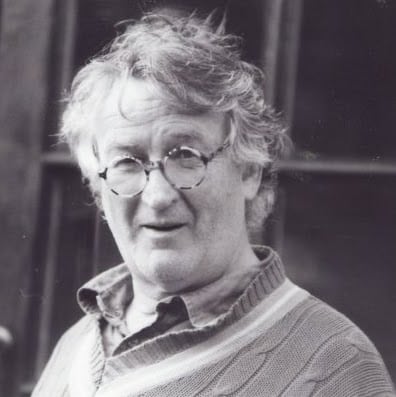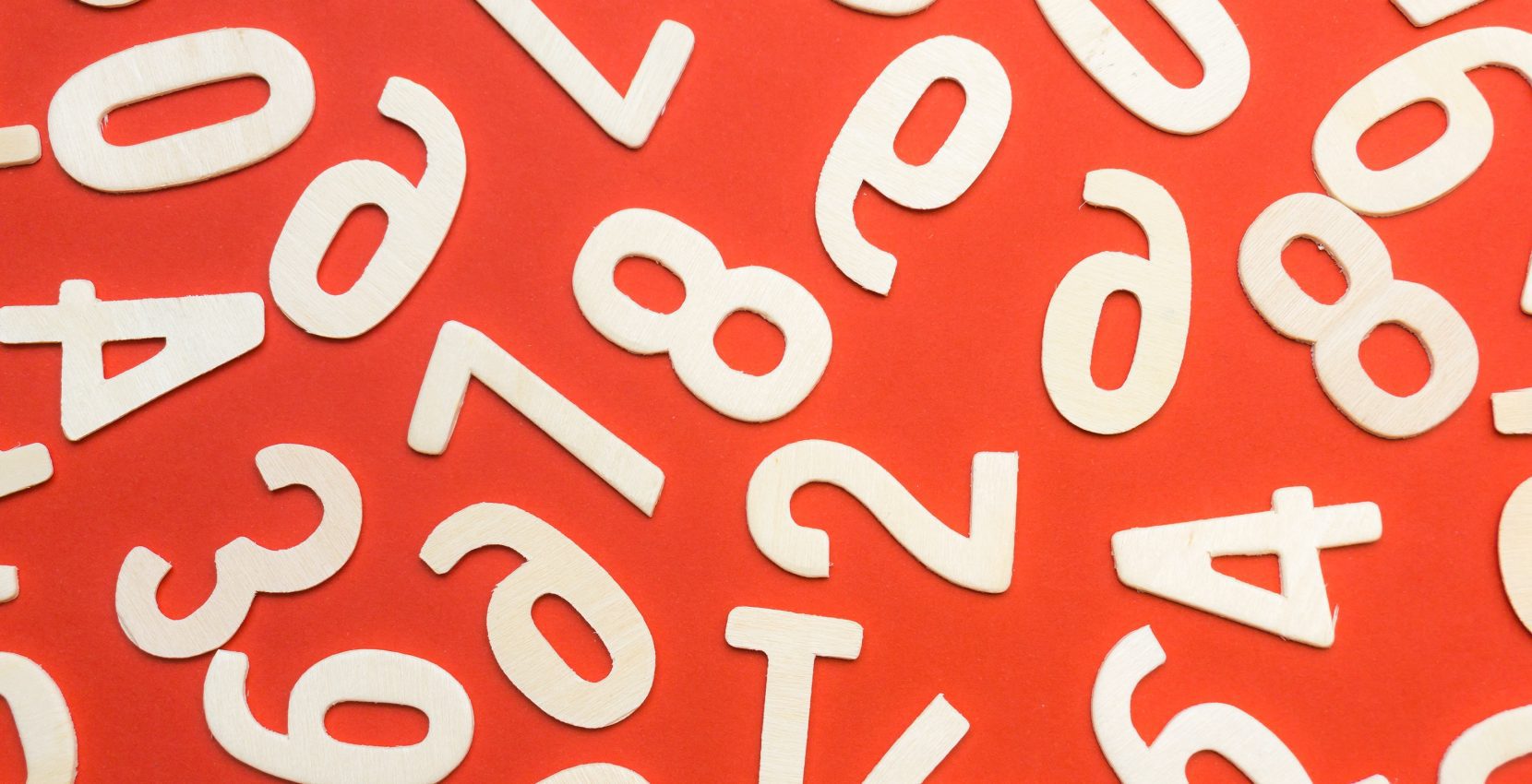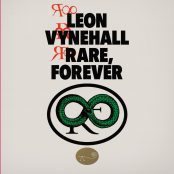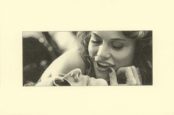In this short piece, I describe the making of a work that relies almost entirely upon a conception of number distributed within the confinement of a square.
It is a work that, in its own terms, eschews traditional content, in favour of a different kind emerging from concrete art of the twentieth century.
I
Euclid defines line as ‘breadthless length’. The Skills You Need educational website, under the heading of ‘geometry’, defines ‘point’, ‘line’, ‘plane’, and ‘solid’. So, point: ‘a point is a single location in space. It is often represented by a dot on the page, but actually has no real size or shape’; line: ‘a line is the shortest distance between two points. It has length, but no width, which makes it one-dimensional.’ Plane: ‘a plane is a flat surface, also known as two-dimensional.…Two-dimensional shapes include polygons such as squares, rectangles and triangles, which have straight lines and a point at each corner.’
It is fruitful to consider the conceptual notions just described with the workaday notions of drawings by which we are surrounded. It is simply analytically true that a line has no breadth. Just as it is simply synthetically true that a drawn line has both breadth or depth. (Drawn lines are coloured deposits left upon white pieces of paper. Under the microscope, the ink line is seen to be three-dimensional stuff.) To reconcile this difference we need to recognise that a drawn line (the stuff) is a representation of the conceptual geometric entity, the ‘breadthless length’.
Given that they are one-dimensional, we cannot see lines. The nearest we can get is when two colours neighbour each other. The line is then ‘visible’ as the boundary between them; yet it cannot really be ‘seen’; because we do not see anything other than the two colours.
This is genuinely puzzling. Surely, we see the abuttal of the two colours; even as we see only the two colours.
Leave that hanging. One way to avoid the question is to give value to the thickness of a line. This is, in fact, to treat lines as if they have a thickness, and so, it is to treat them as areas — as if they have length and direction which, by mere fiat of stipulation, overrides their width. These areas are what I shall call ‘fat lines’. Fat lines can be either straight or irregular; but their advantage is that they can be directly seen. And so fat lines can be identified according to a given axis. Stipulating this axis permits lines being as wide (or even wider) than they are long. For instance, a line of 4 units in length can have a thickness of 1, 2, 3, or 4, (or more) units. Like so (Fig.1) where each ‘fat line’ shows its length axis in white (uniformly 4 units) From left to right the thickness is of 1, 2, 3, and 4 units.
The fourth line is as fat (in width) as it is tall (in length).
A square is set up as 4 units x 4 units. It is given four axes, each of which runs through the centre of the square. These are 1. vertical; 2. diagonal (from bottom left to top right; 3. horizontal; 4. diagonal (from top left to bottom right. And so the progression is as follows in fig.2.
So, the fat lines in the work start as 1 (unit width, vertical), 2 (unit widths, diagonal bottom left to top right); 3 (unit widths, horizontal); 4 (unit widths, diagonal top left to bottom right). They are distributed across the square sequentially. It cannot help but throw up a geometrical figure with interesting symmetries — none of which I had envisioned before making the work. The lines are of various length, determined by where they meet (and are thereby contained within) the square format edge. (Note that 4 is a line much fatter than it is long, its width determined by incremental unit increase, its length curtailed by the limits of the square. See fig. 3)
Are these, then, pretty-ish patterns? I think not. Like Nettie van der Voorst’s colour geometries, they are the upshot of number translated into shape (geometry) and, following a (simple) internal logic, they are testimony to a feature of our minds; that we are rational creatures whose subjective projection onto the world, at least sometimes, has a priori patterning. The relation of number, and therefore of mathematics, to the nature of human thought is, more broadly, puzzling. So too is the nature of geometry, to which the nature of numbers gives rise.The gaze, however, is different from that with which we are engaged in painting. For now, we do not seek a three-dimensional content as of a world seen through the picture plane. What we now look at is a flat piece of the world; and in looking at that bit of the world, we look to find order and to project a systematic understanding of the geometries within which we construct our sense of that world.

Ed studied painting at the Slade School of Fine Art and later wrote his PhD in Philosophy at UCL. He has written extensively on the visual arts and is presently writing a book on everyday aesthetics. He is an elected member of the International Association of Art Critics (AICA). He taught at University of Westminster and at University of Kent and he continues to make art.




















